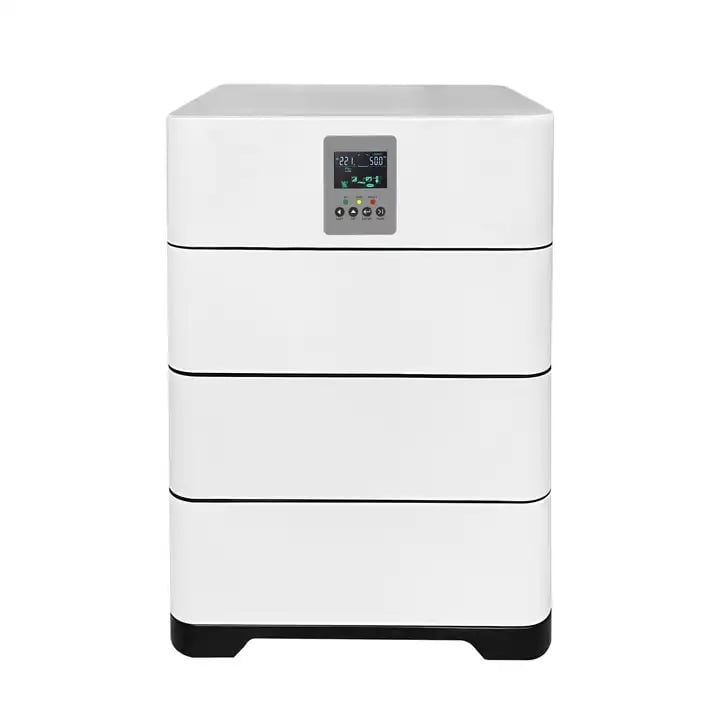Big savings, less hassles. Check out our newly launched DIY solar kits! 🌞⚡
Why LiFePO4 battery
We delve into the safety and lifespan of the battery
10/25/20232 min read


Advantages
Lithium iron phosphate batteries (LiFePO4 or LFP) present a superior alternative to lead-acid batteries and other lithium variants. They boast an extended lifespan with up to 6000 discharge cycles, require no maintenance, and offer unparalleled safety. Additionally, their lightweight nature and enhanced charge and discharge efficiency set them apart. While LiFePO4 batteries may come with a higher initial cost, their longevity and maintenance-free attributes render them a cost-effective investment in the long run.
Safety
LiFePO4 batteries are rechargeable cells that leverage lithium-ion technology. Their hallmark is their exceptional thermal stability, reducing the risk of thermal runaway—a condition that can result in battery fires or explosions. Conversely, Lithium Ion (Li-ion) batteries represent a wider category of rechargeable cells where lithium ions are the primary component in their electrochemical makeup.
Safety-wise, LFP batteries hold a clear edge over conventional Li-ion batteries, primarily due to their enhanced thermal stability. They are less susceptible to overheating or igniting, even in challenging situations like overcharging or short-circuiting. The iron phosphate cathode material in LFP batteries, with its stable crystal structure, plays a pivotal role in minimizing thermal runaway risks.
Moreover, LFP batteries exhibit greater resilience to overcharging and deep discharging compared to their Li-ion counterparts. Overcharging a Li-ion battery can release oxygen, potentially causing the battery to expand, leak, or burst. In contrast, LFP batteries can endure overcharging with minimal safety implications, rendering them more dependable and less vulnerable to severe malfunctions.
Many studies and practical implementations have demonstrated the safety benifits of LFP batteries. Furthermore, leading electric vehicle producers, including Tesla, have begun integrating LFP batteries into their models, recognizing their superior safety attributes.
Lifespan
High-quality LiFePO4 batteries can typically endure more than 5,000 cycles when calculated at an 80% Depth of Discharge. A large number of manufacturers now claim 6,000 cycles backed up with 10 years warranty for their LFP batteries. A single battery cycle refers to the duration from a fully charged state to a fully discharged state. While one battery might complete a cycle in as little as 1 hour, another might take up to 10 hours for a full cycle.
The 'discharged state' doesn't imply a 0% charge but rather a point where further usage could harm the battery's health, determined by its Depth of Discharge (DoD). For a battery with an 80% DoD, it's considered discharged at 20% charge and needs recharging thereafter. Commonly, discharge state is around 20% of charge level.
Contacts
Tel: 02922 642462
Email: info@sunvault.co.uk
Socials
Subscribe to our newsletter
Legal policies
Verity Vox Ltd
Company number: 15793956
VAT No.: 470 0370 25
